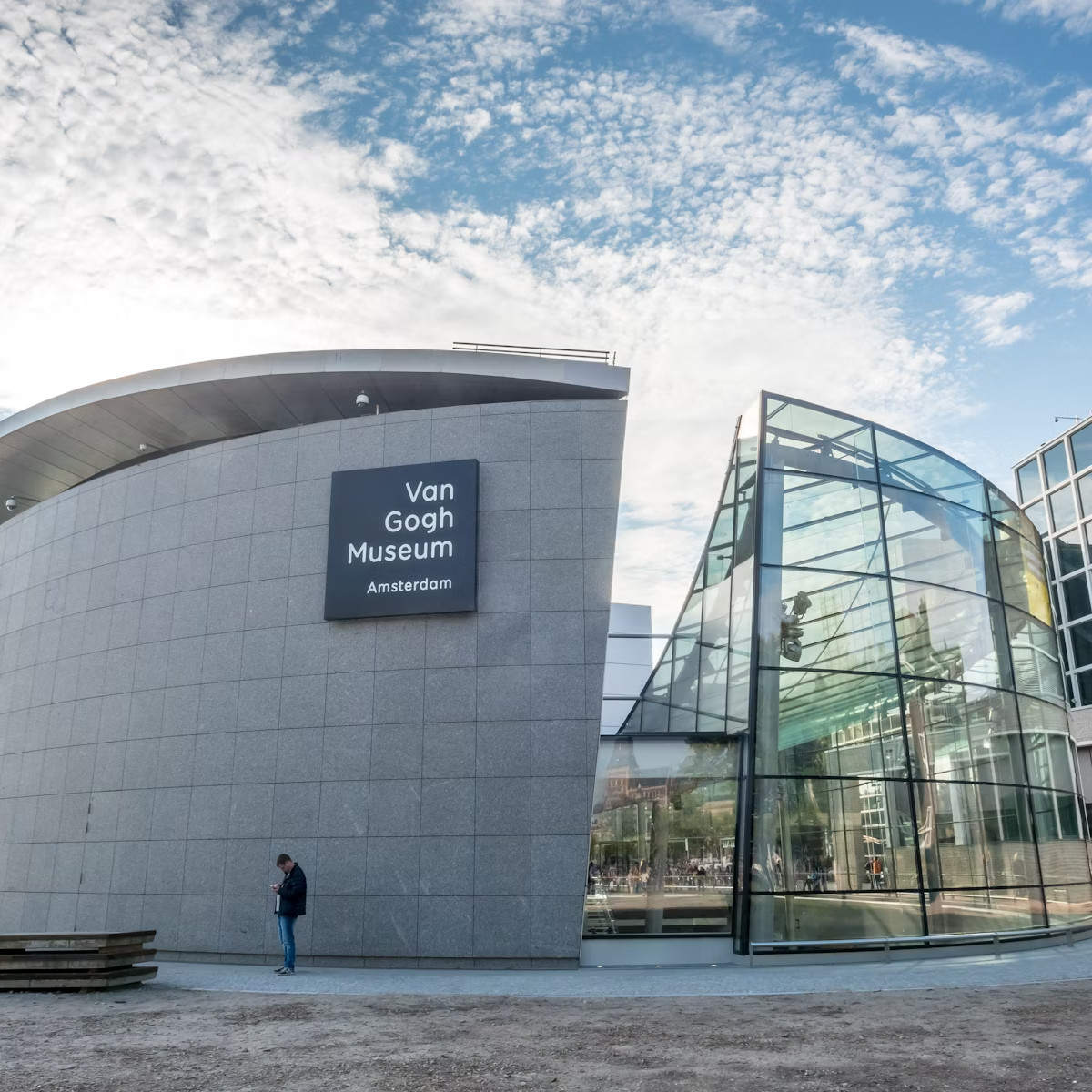Looking more like a country house than a church, the pinewood Amstelkerk was erected in 1668 as a noodkerk (makeshift church) under the direction of the city architect, Daniël Stalpaert, who also designed the town hall on the Dam. The idea was that a permanent church would be built next to it, but plans for this were abandoned in the 1840s.
During the French occupation, Napoleon used the building to keep his horses. Later, in 1840, the square-shaped interior was updated with a neo-Gothic look and the addition of a pipe organ. Van Gogh heard his uncle's sermon here in 1877.







